
Landmark New Publication: The Forgotten Biochemistry 101 of COVID-19, and Its Critical Consequences
They always knew that the viral spike protein was cytotoxic and carcinogenic, which is precisely why they foisted the slow kill bioweapon on humanity in order to induce the production of the far deadlier spike protein within the “vaccinated.”
by dscheim
Legacy coronavirus biochemistry was overlooked that governs spike protein toxicity, key morbidities, risk factors and therapeutic responses
David E. Scheim 1, Thomas J. Borody 2, Robert Clancy 3
1US Public Health Service, Commissioned Corps, Inactive Reserve, Blacksburg, VA 24060, USA, dscheim@alum.mit.edu
2Centre for Digestive Diseases, Five Dock, NSW 2046, Australia, thomas.borody@cdd.com.au
3University of Newcastle School of Medicine, Newcastle, NE1 7RU, Australia, robert.clancy181@gmail.com
In a paper published today in Viruses (Basel) [1], an international team of researchers, including two fellows of their nations’ academies of sciences (Colleen Aldous, senior author Wendy Hoy) and others who participated in Nobel prize-honored research (Thomas Borody, Morimasa Yagisawa), has revealed how coronavirus biochemistry well-established over past decades governs the morbidities of COVID-19, risk factors and therapeutic approaches. TrialSite News is pleased to feature this important research.
The glycan monomer sialic acid, ubiquitous on eukaryotic cell surfaces, serves as the initial attachment point to host cells for the COVID-19 virus—SARS-CoV-2—as well as for other coronaviruses. The virus can then slide over to ACE2 for cell entry. SARS-CoV-2 spike protein attaches particularly tightly to the dense sialic acid coatings on the trillions of red blood cells (RBCs), platelets and endothelial cells in the human adult. These interlaced attachments trigger the RBC aggregation, microvascular occlusion and vascular damage underlying the oxygen deficits, blood clotting and related morbidities of severe COVID-19.
In the genetics-centric research environment of recent decades, however, most COVID-19 research ignored this older, well-established biochemistry, focusing instead on SARS-CoV-2 replication and its replication receptor, ACE2. Yet the typical human cell is coated with at most a few hundred ACE2 molecules vs. millions of virally-binding sialic acid molecules. This misdirected focus led to oversights of significant consequence, as detailed in the Viruses paper.
More broadly, disregard for the active physiological role of RBCs yields unreliable or erroneous reporting of pharmacokinetic parameters as routinely obtained for most drugs and other bioactive agents using detection in plasma, with whole blood levels being up to 30-fold higher.
Substantiation of the importance of this glycan biochemistry for COVID-19:
RBC aggregation as experimentally induced in several animal species using an injected polysaccharide caused most of the same morbidities of severe COVID-19.
Three major risk factors for COVID-19 mortality—older age, diabetes and obesity—are each associated with significantly increased RBC aggregation and microvascular occlusion.
Three generic drugs that gleaned the most interest as COVID-19 therapeutics each reduce blood cell aggregation—one of these, ivermectin, disaggregated virally induced RBC clumps in vitro within 30 minutes.
For mammalian species, clinical susceptibility to COVID-19 correlates to RBC aggregability, with statistical significance (p=0.03).
The two human betacoronaviruses that express a sialic acid-cleaving enzyme, hemagglutinin esterase, are benign, while the other three—SARS, SARS-CoV-2, and MERS—are virulent.
As detailed in the newly published paper and summarized below, this glycan biochemistry is also key to disentangling controversies that have arisen over the efficacy of certain generic COVID?19 treatment agents, one of which, ivermectin, competitively binds to several sites on SARS?CoV?2 spike protein, and the safety of spike protein-based COVID?19 vaccines.
COVID-19 therapeutics
One key fallacy arising from the disregard of well-established coronavirus biochemistry was the assumption that since SARS-CoV-2 spike protein (SP) cannot replicate, it must be harmless, a belief that underlay the choice of SP as the immunogen for most COVID-19 vaccines. Yet once SP gains entry into the bloodstream, it becomes dangerous. Adding SARS-CoV-2 SP to human RBCs caused them to aggregate [2]. SP injected into Zebrafish embryos caused RBC clumping and vascular occlusion within minutes [3]. RBC clumps were found in the blood of most severe COVID-19 patients in several studies [4].
The toxic character of SARS-CoV-2 SP, despite its inability to replicate, is of more than theoretical concern. The newly published biochemistry paper reviews clinical studies that tracked markers of microvascular occlusion, including retinal vascular density and myocardial FDG uptake, with significant abnormalities persisting months after COVID-19 vaccinations. It also references a study of the health records of 99 million COVID-vaccinated individuals conducted by an international collaboration of 24 institutions, which found significantly increased incidences of myocarditis, pericarditis and other serious conditions [5]. Serious adverse effects were observed as well in a Yale study of 241 post-COVID vaccine syndrome patients [6].
On the other hand, the three generic drugs that gleaned the most attention as therapeutics for COVID-19 had a sound biochemical basis for efficacy, each significantly reducing RBC aggregation. The most distinct clinical benefits were observed for ivermectin, which neutralizes the virulence of SARS-CoV-2 SP by strongly binding to several sites on its N-terminal domain, competitively inhibiting its attachments to host cell glycans. In vitro, ivermectin not only blocked the SP-induced formation of RBC clumps, but it disaggregated such SP-induced RBC clumps within 30 minutes [2].
This blood cell disaggregation effect was manifested clinically by rapid resolution of oxygen deficits in severe COVID-19 patients, typically within 1-2 days after ivermectin treatment, sometimes within hours. This dramatic and readily observable clinical benefit sparked interest in and mass use of ivermectin by doctors to treat their critically ill COVID-19 patients in 25 countries by early 2021 [7]. Three clinical studies demonstrated this rapid normalization of peripheral oxygen saturation (SpO2) in severe COVID-19 patients within 1-2 days after treatment with ivermectin, as reviewed in the newly published COVID-19 biochemistry paper and shown in the figure below, from that paper.
Compounding the confusion about the biochemical mechanism of ivermectin, as the paper also notes, was the vulnerability of medical science to commodification, a subject that has engaged the contributions of some of science’s most distinguished scholars. Richard Horton, editor-in-chief of The Lancet, for example, wrote in 2015 that plagued by “flagrant conflicts of interest,” “much of the scientific literature, perhaps half, may simply be untrue” [8].
Financially driven biases against genetic drugs and crude fabrications of ivermectin poisonings
Such financially driven biases present obstacles to the use of generic drugs in competition with patented offerings. One example is the triple-therapy generic treatment for H. pylori (peptic ulcers), a previously intractable condition, developed four decades ago in Australia. It was shown to be 96% curative in a clinical trial conducted in 1990 by Thomas Borody, a coauthor of this COVID-19 biochemistry paper and also a coinvestigator of one of the studies for ivermectin shown in the figure above (Hazan et al., 2021). That triple-therapy cure for peptic ulcers was rapidly deployed in Australia, saving thousands of lives, but was not widely used in the rest of the world until almost a decade later, after the patents for two best-selling palliative drugs for that condition expired. The related discovery of the bacterial cause of peptic ulcers (H. pylori) was honored with the Nobel Prize for Medicine in 2005.
The rapidly expanding use of ivermectin to treat COVID-19 worldwide faced two streams of pushback by early 2021. One was a flurry of fabricated reports of ivermectin poisonings in the US reported in the major media worldwide, debunked and retracted, as exposed by the Washington Post [9] and other sources [10,11]. In one of the more imaginative of these fabrications, “gunshot victims” who were “left waiting as horse dewormer overdoses overwhelm[ed] Oklahoma hospitals” were shown waiting in line wearing winter coats, when temperatures that summer day ranged between 80° and 95° F.
The safety record of ivermectin in four billion human doses distributed worldwide since 1987, however, was specifically noted by the Nobel Prize committee in honoring ivermectin’s discovery in its 2015 prize for medicine. On March 22, 2024, under a federal court order, the US FDA agreed to take down its social media posts that denounced the use of ivermectin to treat COVID-19 [12,13], including one on August 21, 2021, that was issued shortly before the flurry of fabricated reports of ivermectin poisonings appeared.
The newly published biochemistry paper notes blatant violations of norms of scientific clinical reporting in some of the best-known studies that reported negative results for ivermectin treatment of COVID-19. In one, the TOGETHER trial, study coauthors repeatedly refused requests to disclose four of their key outcome numbers, and instead directed inquiring scientists to ICODA, the data repository listed in the study’s data-sharing statement. That data was never on ICODA, however, as an ICODA manager pointedly noted to the study’s coauthors [14]. As of April 1, 2024, however, 21 months later, two TOGETHER trial sister publications still list their data-sharing source as ICODA, which never held their data. A study coauthor also gave an inaccurate reply to Reuters when queried on November 22, 2022, about the chronology of $18 million in funding for the TOGETHER trial by the scandal-plagued FTX corporation [15]. More details about attempts to discredit ivermectin as a safe and effective drug for COVID-19 treatment are outlined in a preprint addendum to the COVID-19 biochemistry paper [16].
A reality check on the efficacy of COVID-19 vaccinations vs. ivermectin
The set of charts and graphs below, based on data from the COVID-19 biochemistry paper and other sources [13,17-20], provides a reality check on COVID-19-related deaths before and after the nationwide deployment of COVID-19 vaccines in the US, and for those trends in Peru and Uttar Pradesh following the widespread distribution of ivermectin for COVID-19 prevention and treatment.
A month before the US nationwide release of the Pfizer and Moderna COVID-19 vaccines on December 14, 2020 [19], the efficacy of both was touted to be 95% [21]. Yet COVID-19 deaths in 2021 actually increased by 18% from their 2020 total [17,18]. Excess deaths in the US were an identical 16% over projections from pre-pandemic levels for both the years 2020 and 2021 [13]. These data align with a conclusion expressed in a 2023 paper by Anothy Fauci and two other NIH scientists, that “none of the predominantly mucosal respiratory viruses,” including coronaviruses, “have ever been effectively controlled by vaccines” [22].
In Peru, excess deaths decreased 14-fold between August 1 and December 1, 2020, concurrent with a massive, nationwide distribution of ivermectin that began in August 2020. Then, after a new president was elected on November 17 who restricted the use of ivermectin, excess deaths increased 13-fold from December 1, 2020, to February 1, 2021. Although correlation does not necessarily imply causation, a rigorous state-by-state analysis of ivermectin use in Peru’s 25 states using national health data that aligned with WHO summary data (the same data source as for the chart above) showed that in this case, ivermectin clearly caused the reductions in deaths observed. The analysis found a correlation between the extent of ivermectin use and reductions in excess deaths, by state, with p < 0.002, and no indication of any significant effect by several potential confounding factors considered [20].
In Uttar Pradesh, the largest state in India, having a population of 229 million, COVID-19 deaths fell by 97%, between May 7 and July 7, 2021, after a mass distribution of ivermectin, doxycycline, zinc with vitamins and acetaminophen tablets that began on May 5, 2021. The cumulative total of COVID-19 deaths per million population in Uttar Pradesh from July 7, 2021, to April 1, 2023, was 0.27% of that figure in the US for the same period [20].
Due to the generally lesser severity of COVID-19 infections with Omicron variants of the virus, which have been prevalent since early 2022, and key differences in physiological effects as described in the COVID-19 biochemistry paper, it does not appear that ivermectin would provide the same striking benefits for Omicron as it did for pre-Omicron variants. Yet ivermectin can still be an important resource for the treatment of long COVID, in which SP has been found to persist in blood, and for the prevention of COVID-19.
The continued use of Omicron-based COVID-19 vaccines is questionable, however, since clinical data for these vaccines is limited [23], and since the RBC clumping activity of Omicron SP was found to be ten times that of pre-Omicron variants [2,24-26]. Moreover, an NIH media advisory of July 19, 2022, asserted that “vaccine-induced immune response to Omicron wanes substantially over time” [27]. It thus does not appear that the risk-benefit balance favors the use of the current generation of potentially more harmful, less beneficial [27-30] and less tested [23] vaccines.
The newly published paper further considers how an appreciation of the related active physiological role of RBCs, the most abundant cells in the human body, can elucidate the microvascular underpinnings of other health conditions, including cardiovascular disease, and therapeutic opportunities to address them.
In conclusion, when claims that ignore fundamentals of biochemistry but remove barriers for profitable new therapeutics are advanced in the name of science, not only public health but the fabric of civilization is undermined. It is hoped that the lapses illuminated here can be rectified and associated opportunities embraced.
Copyright © 2023 TrialSite News. This is an open access article distributed under the Creative Commons Attribution License 4.0 (CCBY), which permits unrestricted use, distribution, and reproduction in any medium, provided the original work is properly cited.
They want you dead.
Do NOT comply.
References
Scheim, D.E.; Parry, P.I.; Rabbolini, D.J.; Aldous, C.; Yagisawa, M.; Clancy, R.; Borody, T.J.; Hoy, W.E. Back to the Basics of SARS-CoV-2 Biochemistry: Microvascular Occlusive Glycan Bindings Govern its Morbidities and Inform Therapeutic Responses. Viruses (Basel) 2024, 16, 10.3390/v16040647.
Boschi, C.; Scheim, D.E.; Bancod, A.; Militello, M.; Bideau, M.L.; Colson, P.; Fantini, J.; Scola, B.L. SARS-CoV-2 Spike Protein Induces Hemagglutination: Implications for COVID-19 Morbidities and Therapeutics and for Vaccine Adverse Effects. J. Mol. Sci. 2022, 23, 15480.
Zheng, Y.; Zhao, J.; Li, J.; Guo, Z.; Sheng, J.; Ye, X.; Jin, G.; Wang, C.; Chai, W.; Yan, J.; et al. SARS-CoV-2 spike protein causes blood coagulation and thrombosis by competitive binding to heparan sulfate. Int J Biol Macromol 2021, 193, 1124-1129.
Scheim, D.E.; Vottero, P.; Santin, A.D.; Hirsh, A.G. Sialylated Glycan Bindings from SARS-CoV-2 Spike Protein to Blood and Endothelial Cells Govern the Severe Morbidities of COVID-19. J. Mol. Sci. 2023, 24, 17039.
Faksova, K.; Walsh, D.; Jiang, Y.; Griffin, J.; Phillips, A.; Gentile, A.; Kwong, J.C.; Macartney, K.; Naus, M.; Grange, Z.; et al. COVID-19 vaccines and adverse events of special interest: A multinational Global Vaccine Data Network (GVDN) cohort study of 99 million vaccinated individuals. Vaccine 2024, https://doi.org/10.1016/j.vaccine.2024.01.100.
Krumholz, H.M.; Wu, Y.; Sawano, M.; Shah, R.; Zhou, T.; Arun, A., S; Khosla, P.; Kaleem, S.; Anushree, V.; Bornali, B.; et al. Post-Vaccination Syndrome: A Descriptive Analysis of Reported Symptoms and Patient Experiences After Covid-19 Immunization. medRxiv 2023, 10.1101/2023.11.09.23298266, 2023.2011.2009.23298266.
Yagisawa, M.; Foster, P.J.; Hanaki, H.; Omura, S. Global Trends in Clinical Studies of Ivermectin in COVID-19. The Japanese Journal of Antibiotics 2021, 74, 44-95.
Horton, R. Offline: What is medicine's 5 sigma? The Lancet 2015, 385, 1380.
Wemple, E. Opinion: Bogus Oklahoma ivermectin story was just too good to check. Washington Post, September 9, 2021, https://www.washingtonpost.com/opinions/2021/09/09/bogus-oklahoma-ivermectin-story-was-just-too-good-check/.
McCarthy, J.; Kory, P.D.; Bigtree, D. War on Ivermectin: The Medicine that Saved Millions and Could Have Ended the Pandemic; Skyhorse: New York, 2023. Chapter 33.
Pfeiffer, M.B.; Bonvie, L. Horse-Bleep: How 4 Calls on Animal Ivermectin Launched a False FDA-Media Attack on a Life-Saving Human Medicine. substack.com, October 16, 2021, https://rescue.substack.com/p/horse-bleep-how-4-calls-on-animal.
Bond, P. FDA Settles Lawsuit over Ivermectin Social Media Posts. Newsweek, March 22, 2024, www.newsweek.com/fda-settles-lawsuit-over-ivermectin-social-media-posts-1882562.
Mathieu, E.; Ritchie, H.; Rodés-Guirao, L.; Appel C.; Giattino, C.; Hasell, J.; Macdonald, B.; Dattani, S.; Beltekian, D.; Ortiz-Ospina, E.; Roser, M. Our World in Data, Coronavirus Pandemic (COVID-19): excess deaths in the US for 2020 and 2021 (using corresponding date ranges in the URL). Available online: https://ourworldindata.org/grapher/cumulative-excess-mortality-p-scores-projected-baseline?tab=chart&time=2021-01-01..2021-12-31®ion=NorthAmerica&country=~USA (accessed on March 27, 2024).
Email from Sarah Fullegar, Sent June 7, 2022, to Edmund Fordham, screenshot, email addresses redacted. Available online: https://drive.google.com/file/d/1lUsSRf1KX-pa9T5EX4HbegdK8mYNQ_Ty/preview (accessed on October 30, 2023).
Scheim, D.E.; Aldous, C.; Osimani, B.; Fordham, E.J.; Hoy, W.E. When Characteristics of Clinical Trials Require Per-Protocol as Well as Intention-to-Treat Outcomes to Draw Reliable Conclusions: Three Examples. Clin. Med. 2023, 12, 3625.
Scheim, D.E.; Parry, P.I.; Rabbolini, D.J.; Aldous, C.; Yagisawa, M.; Clancy, R.; Borody, T.J.; Hoy, W.E. Back to the Basics of SARS-CoV-2 Biochemistry: Microvascular Occlusive Glycan Bindings Govern its Morbidities and Inform Therapeutic Approaches. Addendum. OSF Preprints 2024. https://doi.org/10.31219/osf.io/hxucv.
Delatto, M. U.S. Covid-19 Deaths For 2021 Surpass Toll From 2020. Forbes, October 6, 2021, https://www.forbes.com/sites/marisadellatto/2021/10/06/us-covid-19-deaths-for-2021-surpass-toll-from-2020/?sh=7073de3a6cc2.
CDC Report: COVID-19 Was Third Leading Cause of Death in 2021. US News and World Report, April 22, 2022, www.usnews.com/news/health-news/articles/2022-04-22/cdc-report-covid-19-was-third-leading-cause-of-death-in-2021.
Cullinane, S.; Yan, H.; Ellis, R. The first public Covid-19 vaccines reach all states as the US death toll tops 300,000. CNN, December 14, 2020, www.cnn.com/2020/12/14/health/us-coronavirus-monday/index.html.
Chamie, J.J.; Hibberd, J.A.; Scheim, D.E. COVID-19 Excess Deaths in Peru’s 25 States in 2020: Nationwide Trends, Confounding Factors, and Correlations With the Extent of Ivermectin Treatment by State. Cureus 2023, 15, e43168.
Garde, D.; Herper, M. Pfizer and BioNTech to submit Covid-19 vaccine data to FDA asfull results show 95% efficacy. Stat News, November 18, 2020, https://www.statnews.com/2020/11/18/pfizer-biontech-covid19-vaccine-fda-data/.
Morens, D.M.; Taubenberger, J.K.; Fauci, A.S. Rethinking next-generation vaccines for coronaviruses, influenzaviruses, and other respiratory viruses. Cell Host & Microbe 2023, 31, 146-157.
Makary, M. The real data behind the new COVID vaccines the White House is pushing. New York Post, September 14, 2023, https://nypost.com/2023/09/14/the-real-data-behind-the-new-covid-vaccines-the-white-house-is-pushing/.
Kim, S.H.; Kearns, F.L.; Rosenfeld, M.A.; Votapka, L.; Casalino, L.; Papanikolas, M.; Amaro, R.E.; Freeman, R. SARS-CoV-2 evolved variants optimize binding to cellular glycocalyx. Cell Rep Phys Sci 2023, 4, 101346.
Nie, C.; Sahoo, A.K.; Netz, R.R.; Herrmann, A.; Ballauff, M.; Haag, R. Charge Matters: Mutations in Omicron Variant Favor Binding to Cells. ChemBioChem 2022, 23, e202100681.
Gan, H.H.; Zinno, J.; Piano, F.; Gunsalus, K.C. Omicron Spike Protein Has a Positive Electrostatic Surface That Promotes ACE2 Recognition and Antibody Escape. Frontiers in Virology 2022, 2.
NIH Media Advisory, July 19, 2022. Vaccine-Induced Immune Response to Omicron Wanes Substantially Over Time. Available online: https://www.nih.gov/news-events/news-releases/vaccine-induced-immune-response-omicron-wanes-substantially-over-time (accessed on February 23, 2024).
Lyke, K.E.; Atmar, R.L.; Islas, C.D.; Posavad, C.M.; Szydlo, D.; Paul Chourdhury, R.; Deming, M.E.; Eaton, A.; Jackson, L.A.; Branche, A.R.; et al. Rapid decline in vaccine-boosted neutralizing antibodies against SARS-CoV-2 Omicron variant. Cell Rep Med 2022, 3, 100679.
Shrestha, N.K.; Burke, P.C.; Nowacki, A.S.; Gordon, S.M. Risk of Coronavirus Disease 2019 (COVID-19) among those up-to-date and not up-to-date on COVID-19 vaccination by US CDC criteria. PLOS ONE 2023, 18, e0293449.
Shrestha, N.K.; Burke, P.C.; Nowacki, A.S.; Simon, J.F.; Hagen, A.; Gordon, S.M. Effectiveness of the Coronavirus Disease 2019 Bivalent Vaccine. Open Forum Infectious Diseases 2023, 10, ofad209.
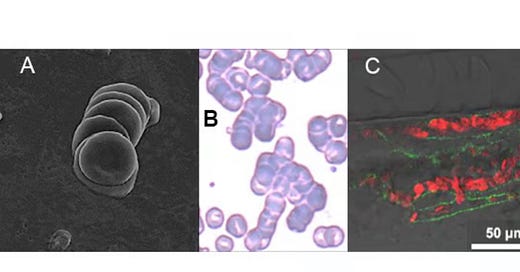



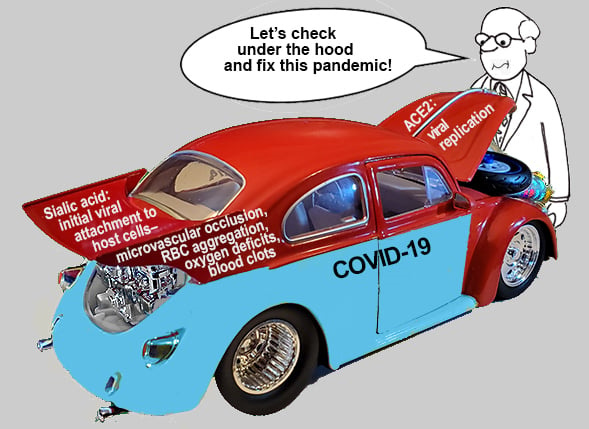

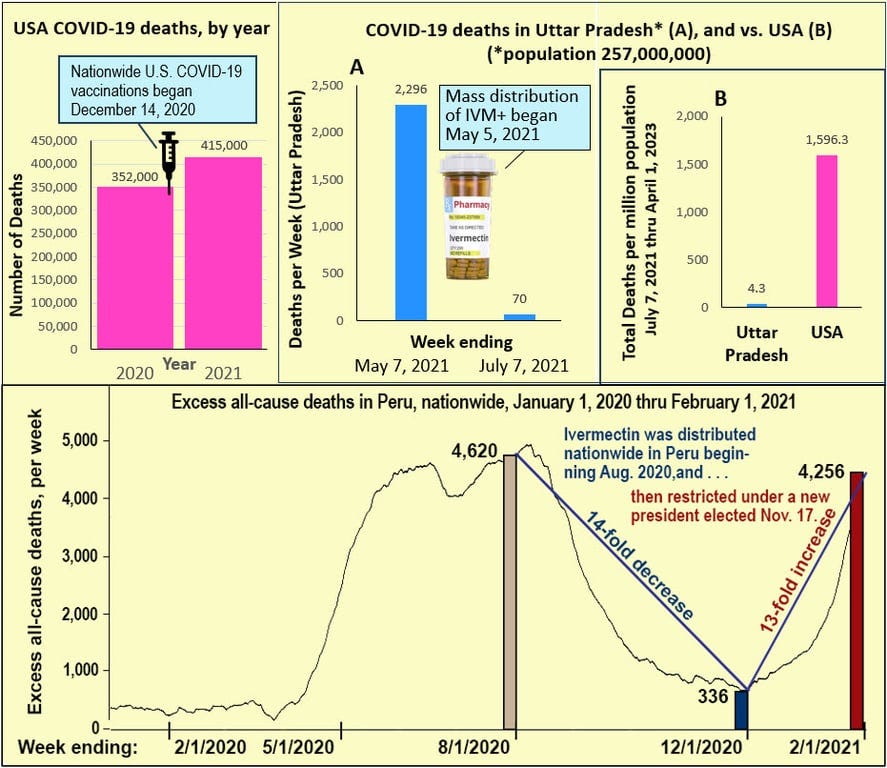
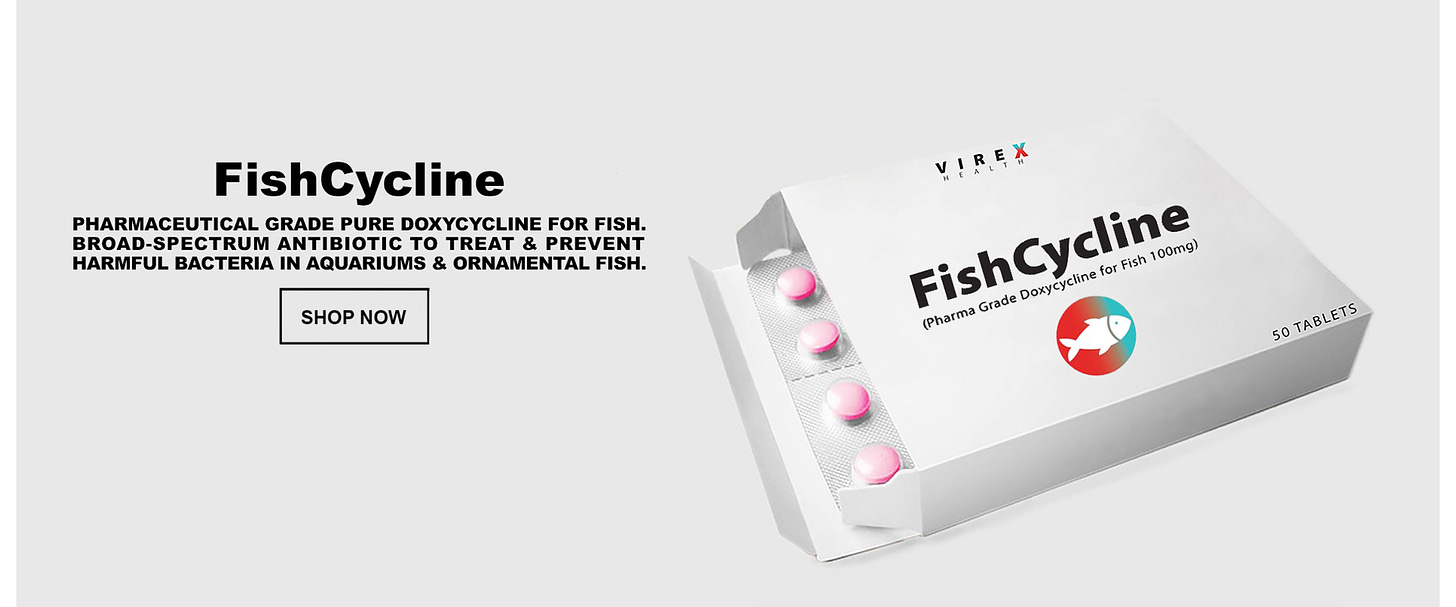
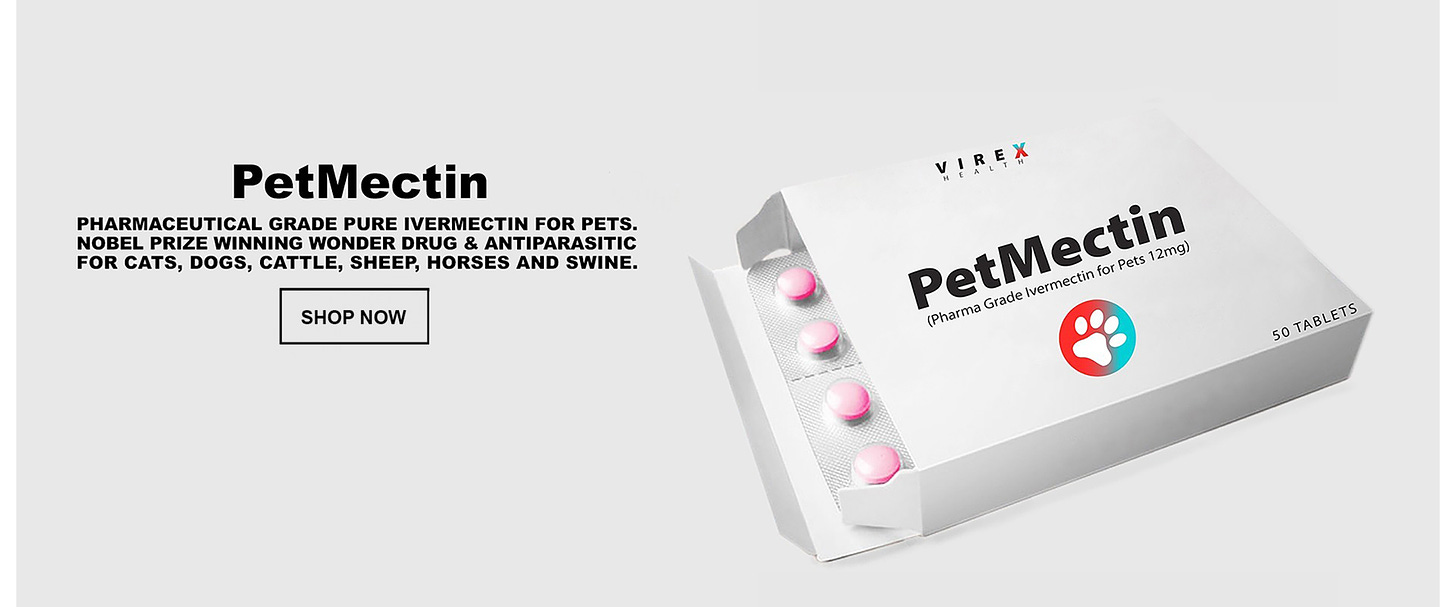
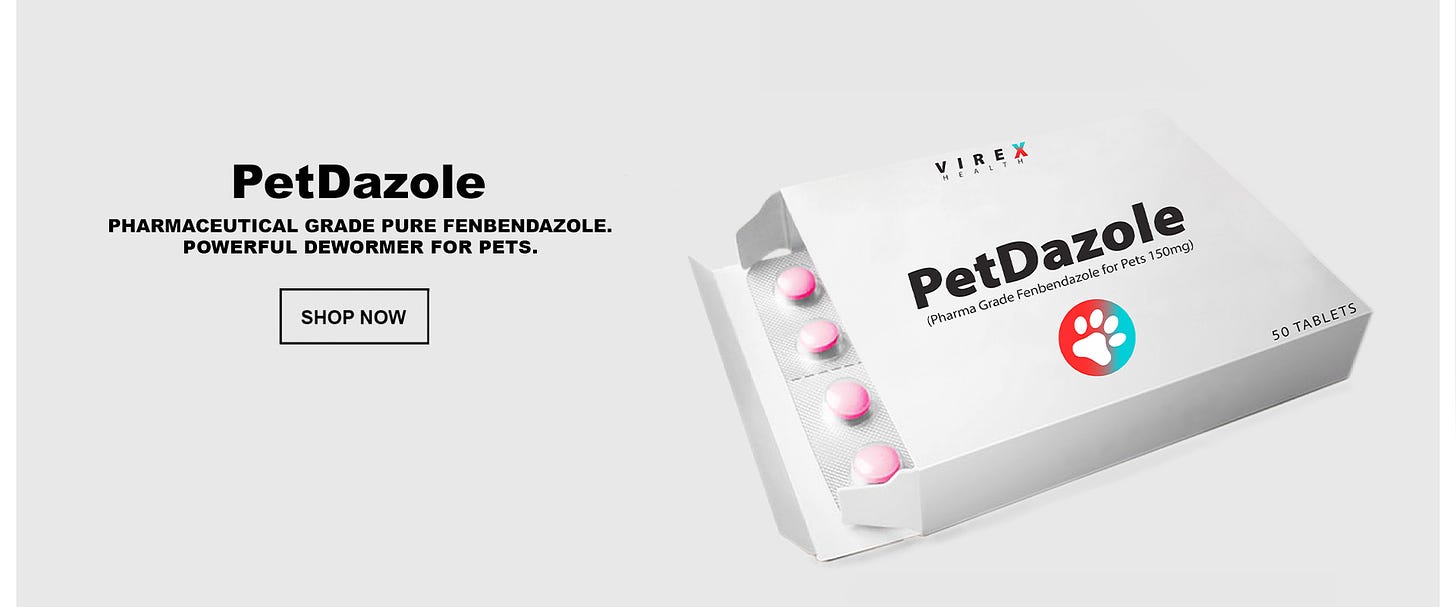





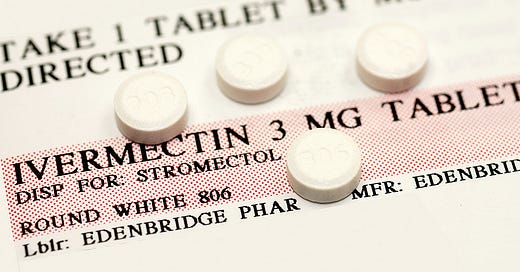



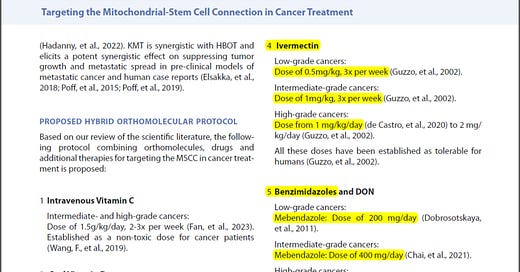


Thank you for your Dedication and Hard Work in Exposing the Global Psyop.. Can you imagine what the world look like, had the same Scientists and scholars that formulated the Covid Bio Weapon and the Global Psyop [ must have taken at least a couple of decades] committed themselves to working on behalf of improving Life instead of exterminating human life by the hundreds of millions, maybe billions.? Their life's work the ruination of Mankind... what a legacy..
We Can create a Better World.. a much Better World...
Vindication for those of us who didn’t sleep through virology, immunology, or epidemiology in medical school and who’ve been shouting this from the rooftops all along.